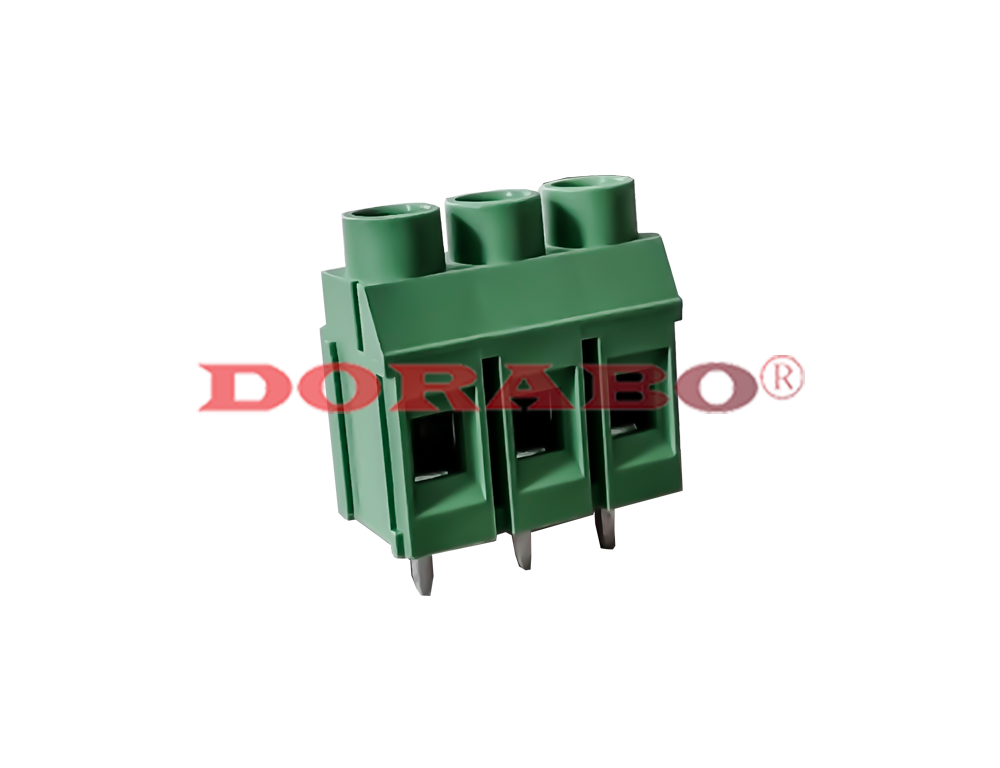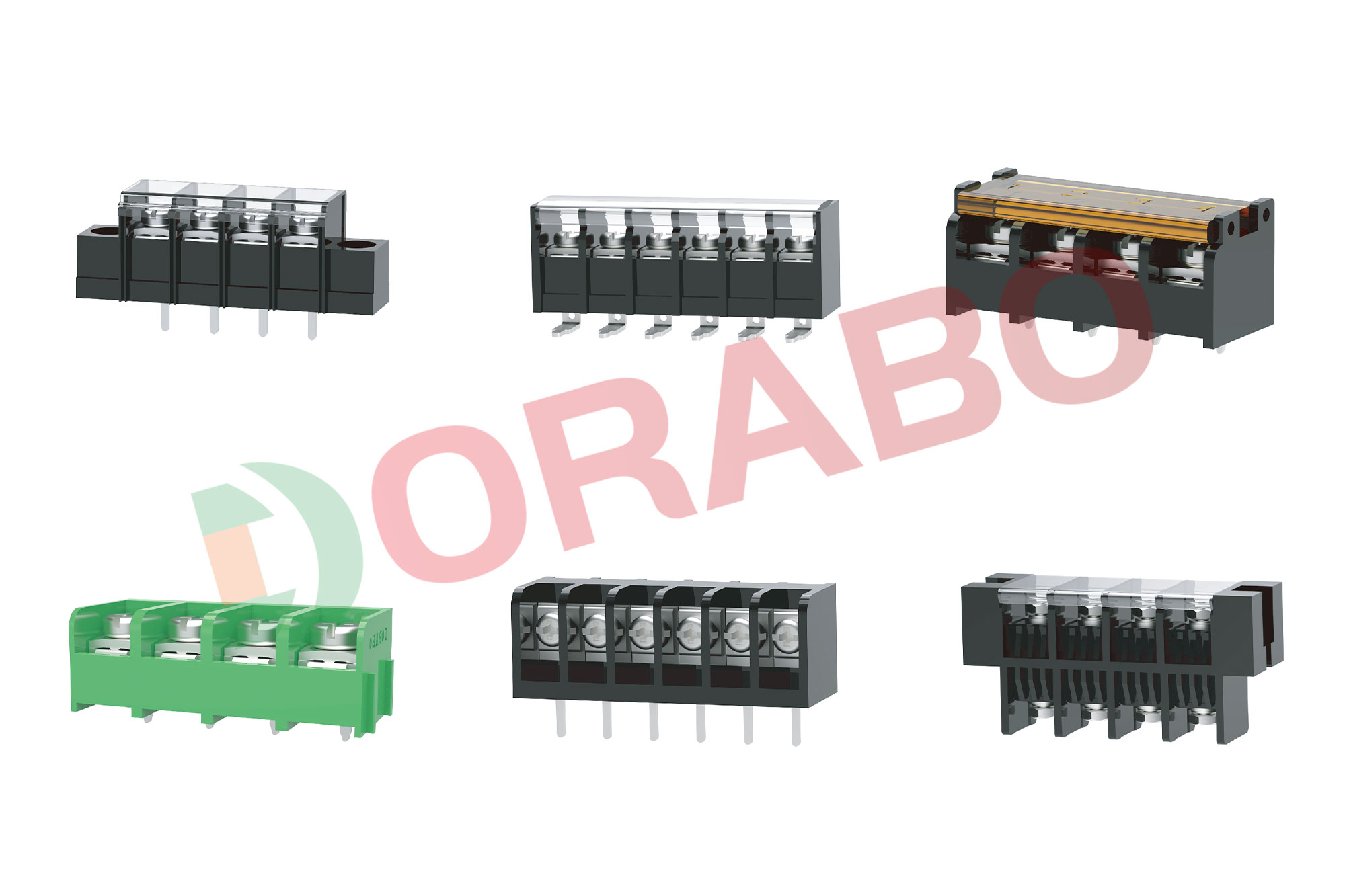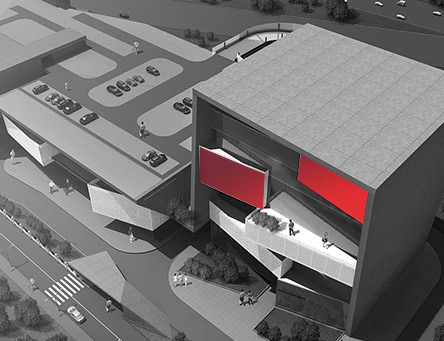A terminal block is a connector that terminates a single wire and connects it to a circuit or other system. Terminals come in a variety of shapes, sizes, and ratings, but they always terminate with a single wire, not multi-pole. Terminal blocks can be provided in rows, but each terminal is connected to only one wire. Terminal block connectors are very useful in situations where semi-permanent connections are required, which may require inspection, wire replacement, repair and replacement.
Using terminal blocks is a better solution for connecting wires. The most common connection method for terminal blocks is to use screws, where the wires are inserted and then clamped with a single screw. Larger terminals for large cables usually use screws to push the wires against the metal body, while terminals for thinner wires use screws to push down on the lever or flat head to press the wires on the metal insert.
Terminal blocks provide greater flexibility. For example, when using terminal blocks, wiring modifications are easy because wires can be removed or added quickly. The wiring terminal is neat and orderly, which is convenient for quick identification, and makes modification and troubleshooting easier. Terminals have interfaces everywhere, used to connect various DIN connectors and flat ribbon connectors, IDC connections and other industry standard cable ends.





















 Contact us
Contact us Language
Language


